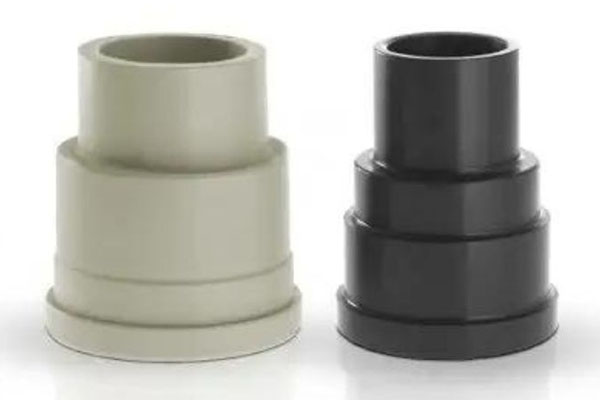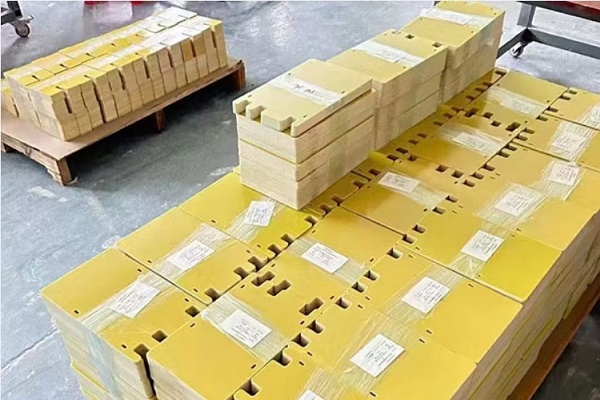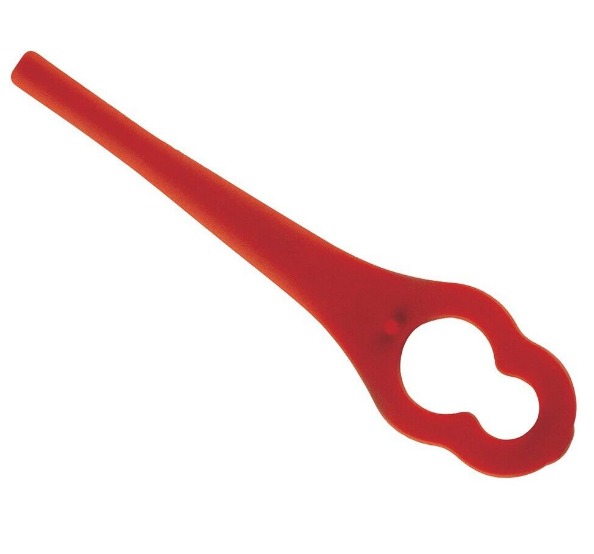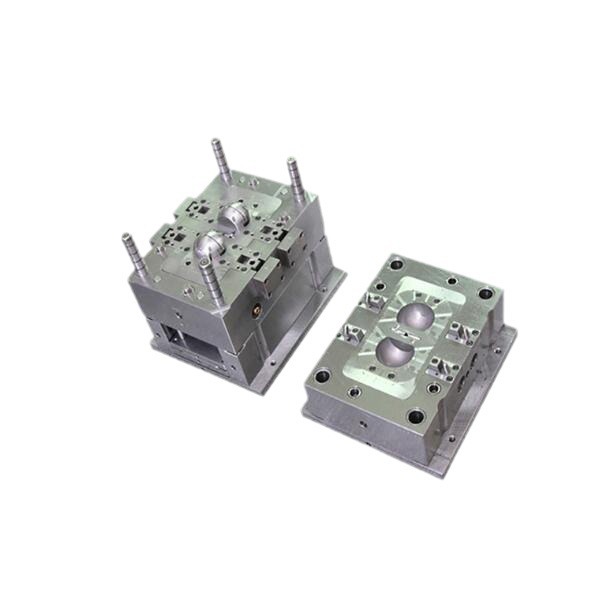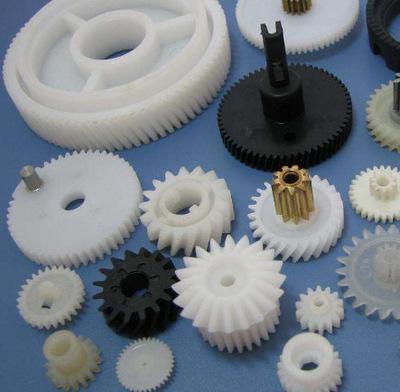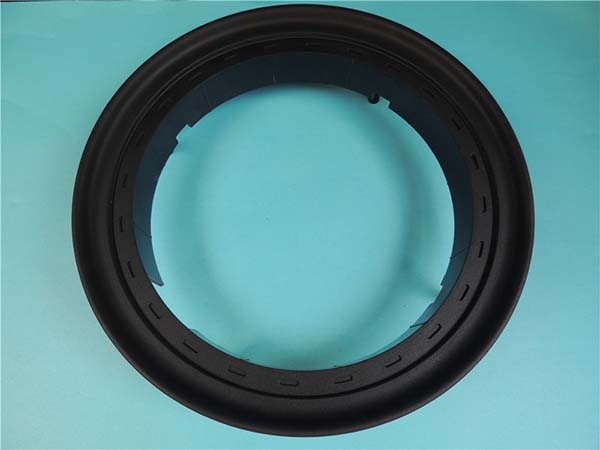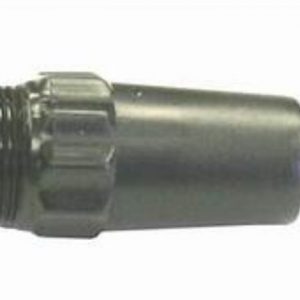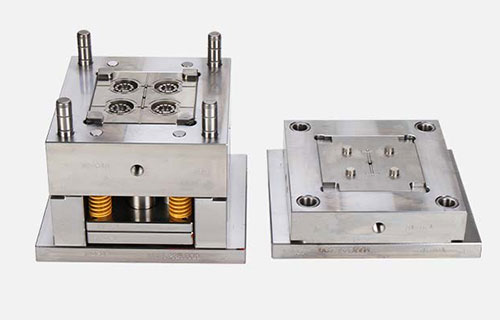Polycarbonate (PC) is a sought-after material in injection molding, but it comes with its own set of challenges that can frustrate even experienced manufacturers. From struggling with maintaining its optical clarity due to improper processing to dealing with warpage that ruins precision parts, these issues can lead to scrapped batches and missed deadlines. Even small mistakes, like inadequate drying, can cause voids and surface defects that make PC’s otherwise excellent properties irrelevant. This guide is designed to address these pain points, providing in-depth knowledge on PC’s properties, molding processes, mold design, and more to help you produce top-quality PC parts consistently.
Material Properties of Polycarbonate (PC): A Blend of Strength and Clarity
Polycarbonate (PC) is renowned for its exceptional combination of properties that make it stand out in the world of engineering plastics. One of its most notable features is optical clarity—it offers light transmission rates of up to 90%, rivaling glass, which makes it perfect for applications where transparency is key, such as lenses and face shields.
When it comes to durability, high impact strength is a defining characteristic of PC. It can withstand extreme impacts without shattering; in fact, it has a notched Izod impact strength of around 60–80 kJ/m², which is significantly higher than many other plastics. This makes it an ideal choice for safety equipment like motorcycle helmets and protective goggles.
Thermal resistance is another strong suit of PC. With a glass transition temperature of approximately 145°C, it can handle higher temperatures compared to materials like ABS, making it suitable for parts that are exposed to heat, such as automotive headlight housings and electrical components near heat sources.
Dimensional stability is crucial for precision parts, and PC delivers here as well. It has a low coefficient of thermal expansion, meaning it doesn’t expand or contract excessively with temperature changes, ensuring parts maintain their shape and fit over a range of conditions.
In terms of chemical resistance, PC resists many dilute acids and alcohols, but it’s not resistant to strong solvents like acetone and benzene. Its melt flow rate typically ranges from 5 to 40 g/10min (at 300°C/1.2kg), with higher rates allowing for easier filling of complex molds. Specialized grades of PC include those with flame retardancy (meeting UL94 V-0 standards) for electronics and UV resistance for outdoor applications to prevent yellowing over time.
Injection Molding Process for PC: Mastering the Variables
The PC injection molding process requires careful attention to detail to harness the material’s properties effectively. Drying requirements are paramount because PC is highly hygroscopic. Even small amounts of moisture can lead to hydrolysis during processing, resulting in reduced molecular weight, brittleness, and surface defects. It should be dried at 120–130°C for 4–6 hours in a dehumidifying dryer, ensuring the moisture content is below 0.02%.
Melt temperature is a critical parameter for PC. It typically ranges from 280–320°C. If the temperature is too low, the material won’t flow properly, leading to short shots. If it’s too high, PC can degrade, causing discoloration and reduced mechanical properties.
Injection speed should be controlled—moderate to high speeds are often used to ensure the mold fills quickly before the material starts to cool, but excessive speed can cause shear heating and degradation. Injection pressure usually falls in the range of 80–150 MPa, depending on the complexity and thickness of the part.
Cooling time is longer for PC compared to some other plastics, often making up 60–70% of the total cycle time. This is because PC has a relatively high melting point and needs sufficient time to solidify properly. Cycle time can vary, but for small to medium parts, it’s typically 30–60 seconds.
Process optimization often involves fine-tuning these variables. For example, if a part has short shots, increasing the melt temperature or injection pressure can help. When it comes to runner and gate design, larger runners and gates are often used for PC to minimize pressure drop and ensure smooth flow.
Mold Design for PC Molding: Creating the Right Framework
Mold design principles for PC focus on preserving its properties and ensuring smooth, defect-free part production. Mold flow analysis is essential here, as it helps simulate how the molten PC will flow through the mold, identifying potential issues like air traps and uneven filling that could affect optical clarity and part strength.
PC mold materials need to be durable and able to withstand the high temperatures of molten PC. Tool steels like H13 are commonly used for high-volume production due to their excellent heat resistance and wear resistance. For lower volume runs, pre-hardened steels can be a cost-effective option.
Cooling channel layout is critical for PC. The channels should be evenly spaced and positioned close to the mold cavity (typically 8–12 mm away) to ensure uniform cooling. This helps prevent warpage and ensures consistent part quality. The cooling water temperature is usually kept around 60–80°C to balance cooling rate and avoid excessive stress.
Venting requirements are important because PC can trap air during filling. Vents should be 0.01–0.02 mm deep to allow air to escape without causing flash. They are typically placed at the end of the flow path and along parting lines.
Draft angles for PC should be between 1–2° per side to facilitate easy ejection of parts without scratching or damaging the surface, which is especially important for parts requiring optical clarity. Ejector pin design should distribute force evenly to prevent marks on the part surface; using larger ejector pins or multiple pins can help achieve this.
For complex parts, hot runner systems are often beneficial as they reduce material waste and help maintain consistent melt temperature, which is crucial for PC’s flow and properties. The surface finish of the mold is also important—polished surfaces (mirror finish) are used when optical clarity is required to ensure the part retains its transparent appearance.
Quality Control and Defects in PC Molding: Ensuring Perfection
Maintaining quality in PC injection molding is essential, and understanding common defects and how to address them is key. Here’s a breakdown of typical issues:
| Defect | Cause | Solution |
| Warpage | Uneven cooling or residual stress | Improve cooling channel symmetry; adjust packing pressure. |
| Sink marks | Inadequate packing or thick wall sections | Increase packing time; design with more uniform wall thickness. |
| Short shots | Insufficient melt flow or low pressure | Raise melt temperature; increase injection pressure/speed. |
| Flash | Excessive pressure or worn mold components | Reduce injection pressure; replace worn mold parts. |
| Voids | Moisture in material or poor venting | Enhance drying process; add more vents. |
Quality control methods for PC parts include rigorous inspection of optical clarity using light boxes to check for haze or bubbles. Dimensional accuracy is verified using precision tools like calipers and coordinate measuring machines (CMMs), with typical tolerances of ±0.03 mm for small, precision parts.
Statistical process control (SPC) is also employed, monitoring variables such as melt temperature, injection pressure, and cycle time to detect any deviations early and make adjustments before defects occur. Regular checks for surface defects like scratches and blemishes are necessary, especially for parts where appearance is important.
Applications of PC in Injection Molding: Versatility in Action
PC’s unique properties make it suitable for a wide range of applications across various industries:
- Optical components: Lenses for cameras, binoculars, and eyeglasses benefit from PC’s optical clarity and impact resistance.
- Automotive parts: Headlight lenses, sunroofs, and interior trim parts use PC for its thermal resistance and durability.
- Electronics enclosures: Phone cases, laptop shells, and LED light housings rely on PC’s strength and flame retardant options.
- Medical devices: Syringes, inhalers, and medical instrument housings use PC because it’s biocompatible and can be sterilized.
- Consumer products: Water bottles, food containers, and power tool housings take advantage of PC’s impact strength and safety.
Design for manufacturing is important when working with PC. Its good flow properties allow for complex geometries, but designers should avoid sharp corners to prevent stress concentrations. Also, considering the functional requirements of the part, such as whether it needs to be transparent or flame retardant, helps in selecting the right PC grade.
Post-Processing and Finishing of PC Parts: Enhancing Performance and Aesthetics
Post-molding operations can further enhance the properties and appearance of PC parts. Painting and plating are possible with PC, but proper surface preparation is necessary to ensure adhesion. Special primers are often used before painting to achieve a smooth, long-lasting finish.
Assembly techniques for PC parts include ultrasonic welding, which is effective for joining PC components without the need for adhesives, creating strong, sealed joints. Adhesive bonding is also a viable option; using adhesives specifically formulated for PC ensures a reliable bond.
Surface treatments can be applied to PC to improve certain properties. For example, hard coating can enhance scratch resistance, which is important for optical components and touchscreens. Machining and trimming are possible with PC, but it’s important to use sharp tools and appropriate speeds to avoid chipping or cracking the material.
Heat treatment can be used to reduce residual stresses in PC parts, improving their dimensional stability and reducing the risk of warpage over time. When it comes to assembly tolerances, PC parts typically have tighter tolerances due to their dimensional stability, with typical ranges of ±0.05 mm for small parts. Following finishing standards ensures that the final parts meet the required quality and performance criteria.
Yigu Technology’s Perspective
As a leading custom manufacturing supplier in China, Yigu Technology has extensive experience in PC injection molding. We understand the intricacies of working with PC, from selecting the right grade based on functional requirements to optimizing the molding process for optical clarity and strength. Our team uses advanced mold flow analysis to design molds that ensure proper filling and cooling, minimizing defects. We also implement strict quality control methods to check for dimensional accuracy and surface defects, ensuring every PC part we produce meets the highest standards. Whether you need precision optical components or durable automotive parts, we have the expertise to deliver exceptional results.
FAQs
- Is Polycarbonate (PC) resistant to UV radiation?
Standard PC is susceptible to UV degradation, which can cause yellowing. However, there are UV resistance grades available that include additives to protect against UV rays, making them suitable for outdoor applications.
- Can PC be recycled?
Yes, PC is recyclable. Recycled PC retains many of its properties, though the impact strength may decrease slightly. It’s important to properly clean and sort PC waste to ensure the quality of the recycled material.
- What is the maximum temperature that PC can withstand continuously?
PC can withstand continuous use at temperatures up to around 120°C. For short periods, it can handle higher temperatures, but prolonged exposure to temperatures above its glass transition temperature (145°C) can cause deformation.
